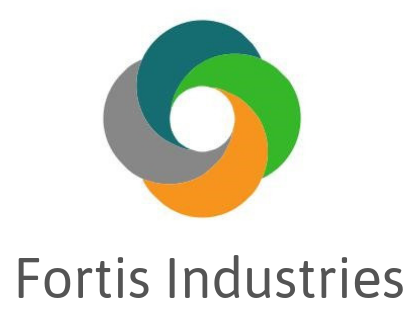Since its establishment 50 years ago, the Occupational Safety and Health Administration (OSHA) has been at the forefront of protecting American workers. But with evolving technologies and risks, what does the future hold for OSHA’s mission to “assure safe and healthful working conditions”? This article explores emerging challenges and innovations that will shape the next era of workplace safety.
Evolving Industries and Hazards
New sectors like green energy and cannabis are growing rapidly, but lack established safety frameworks. Unique risks from nanomaterials, biotech, and AI require new protocols and education. OSHA must continually update guidance for emerging fields while allowing flexibility for local safety teams to modify for their needs.
Aging Workforce
America’s aging workforce remains in the job market longer, increasing risks from chronic conditions, slower mobility, and outdated knowledge. OSHA and employers will need to implement more ergonomic workstations, improve accessibility, modify schedules, and provide ongoing safety training focused on aging workers’ needs.
Integration of Automation
Automating hazardous jobs like manufacturing and warehousing can prevent injuries. But new machinery creates risks if improperly maintained or safeguarded. OSHA regulations will need to mandate safety buffers, fail-safes, employee training for automated settings, and updated maintenance procedures.
Remote and Contract Workers
More Americans work remotely or on a contract basis, which can isolate them from organizational safety cultures. OSHA will need to provide guidance on equipping home offices ergonomically, addressing risks off-site, and integrating contract workers into training and emergency protocols. Employers must take ownership of all workers’ safety.
Mental and Emotional Health
From pandemic-driven isolation to everyday stresses, Americans’ declining mental health affects wellbeing and safety. OSHA is recognizing psychological health as part of workplace safety. Expect stronger protections against harassment and discrimination as well as promotion of more holistic wellness programs.
Pandemics and Infection Control
COVID-19 highlighted the deadly risks of infectious disease in workplaces. OSHA must establish permanent guidance for infection control plans, health screenings, proper ventilation, protective equipment, and flexible leave policies to contain outbreaks while allowing businesses to remain open safely.
Climate Change and Disasters
Extreme weather is increasing, demanding more business continuity planning. OSHA guidance on emergency action plans, backup systems, resilient buildings, and accommodating displaced workers post-disaster will grow in importance – especially for outdoor industries.
Technology for Compliance and Training
Artificial intelligence, virtual reality, wearables and big data provide new ways to monitor safety, identify risks, streamline reporting, and improve training. As technology advances, OSHA should provide frameworks for utilizing these ethically and responsively to strengthen workplace protections.
While threats evolve, OSHA’s core mission endures: empowering business and workers to partner in reducing preventable safety hazards. By taking a proactive, collaborative approach, OSHA can translate 50 years of experience into solutions for emerging risks. The future offers challenges but also tremendous opportunities to improve workplace safety through research, education, and reliance on American workers’ deep care for protecting themselves and each other.
Image by senivpetro on Freepik



